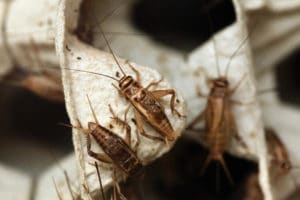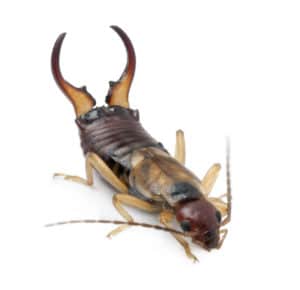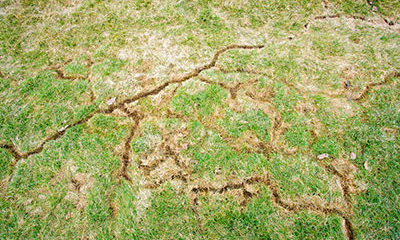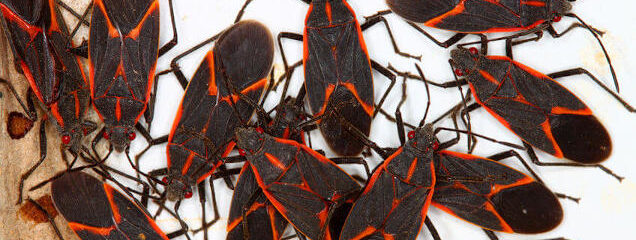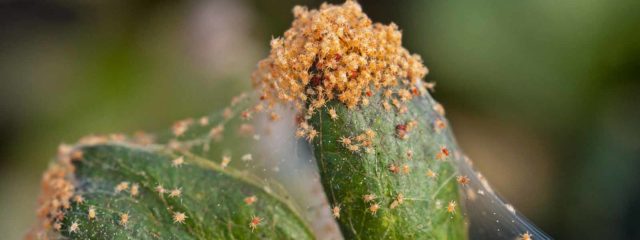Crickets and Earwigs are among the most commonly found pests. Large populations of crickets and earwigs attracts pests that prey on them, most commonly, spiders. Controlling their population not only reduces the amount of insects that are present in and around your home but also reduces the spider population. Treatment to address these pests varies based on the species.
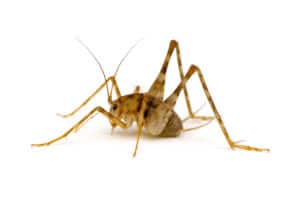
Camel Crickets
- Adult camel crickets are light brown to dark brown in color, .5″ to 1.5″ in length, and have a humpbacked appearance.
- Omnivorous and will eat almost anything.
- Do not cause significant damage under normal conditions but can cause problems when the populations are high.
- Most active at night and can be found under logs and rocks.
- Prefer humid and moist places and are consistently found in basements or cellars of homes when found indoors.
House Crickets
- Adult house crickets are smaller than 1″ in length, yellowish-brown in color, and have three dark bands on their head.
House Crickets - Omnivorous feeding on plants and other insects when given the opportunity.
- Do not cause considerable damage, but are considered a nuisance pest due to the loud chirps they produce by rubbing their wings together.
- Found on the outside of a building, but prefer to be inside a structure.
- Inside of a home, they prefer warm areas such as basements, room containing water heaters, and attics.
European Earwigs
- The European earwig is the most common species of earwig.
- Adult European earwigs are .5″ to slightly less than 1″ in length and have a reddish-brown body with brownish-yellow legs.
- The most obvious feature of earwigs are the large pincers prominent on it’s abdomen.
European Earwig - Omnivorous, feeding on fungi, plant materials, and other insects.
- Active at night and can be found under lawn objects, around plants, under decaying materials, or any dark/moist location.
- Prefer to be outside but may come inside during periods of significant drought or rainfall.
Treatment
An exterior perimeter chemical application is recommended as both a preventative measure or to treat existing issues. An interior chemical application combined with an exterior application will eliminate the presence of any pests within the house and establish a barrier to prevent additional pests from gaining access to the home. Consistent quarterly applications are the most effective method to not only eliminate these pests but to prevent them from returning.
For additional information or to schedule pest control services, contact our Customer Service Department at 509-374-5000.

